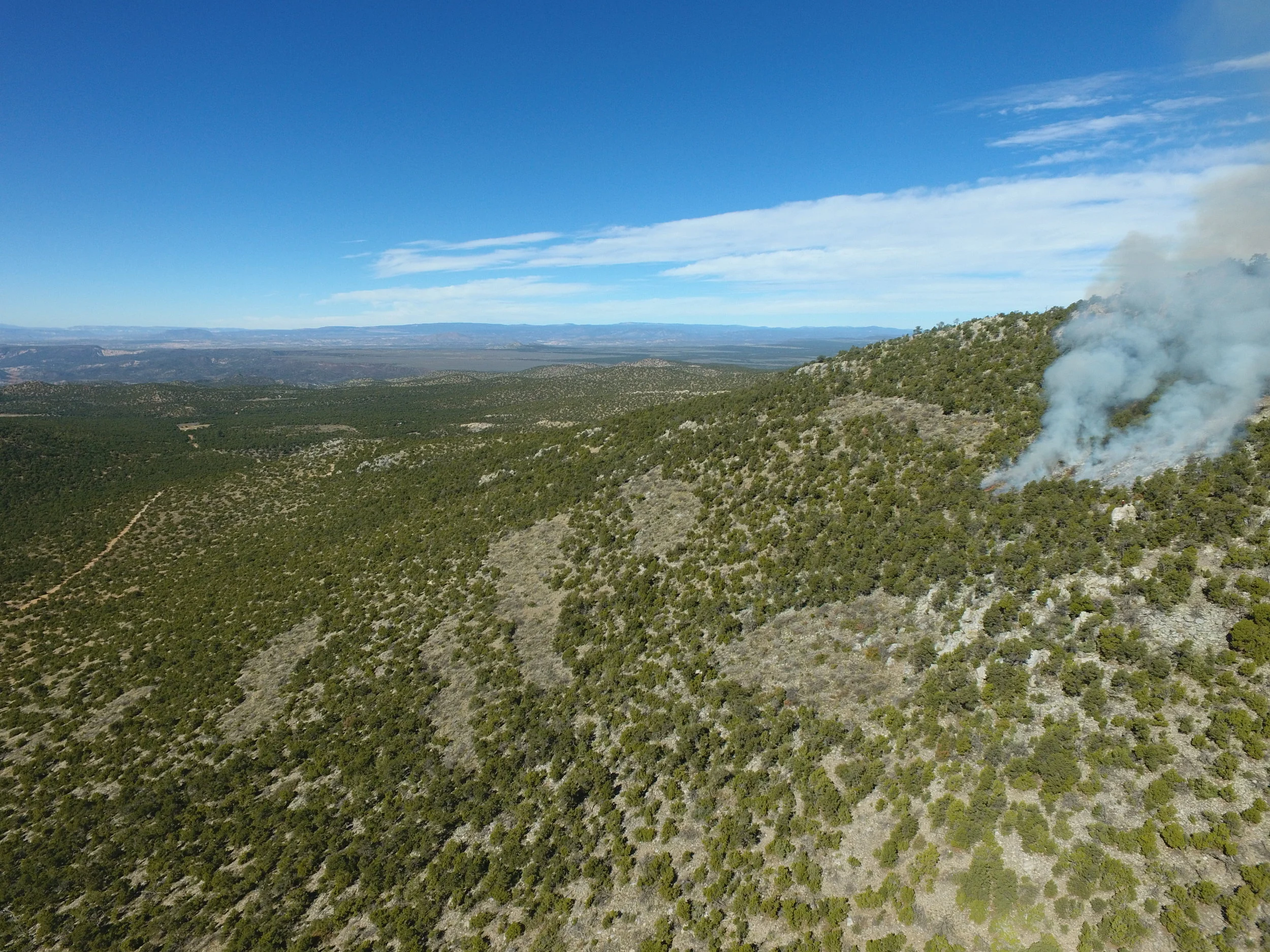March 11, 2021
Wildfire Preparedness is Year-Round:
Don’t Depend on Luck – Be Aware & Prepared
Santa Fe, NM – March 11, 2021 – March brings the first signs of spring to drought-stricken Northern New Mexico landscapes, including warmer temperatures, windy conditions and the potential onset of wildfires. To prepare for the 2021 wildfire season, The Forest Stewards Guild is working with local, state, federal, and tribal partners and non-governmental organizations on a year-round wildfire preparedness campaign. With Saint Patrick’s Day approaching, our message is: don’t depend on luck – be aware and prepared.
In the last 15 years, wildfire has destroyed 89,210 structures, with 62% of the total structures lost in 2017, 2018, and 2020 combined. As we begin to spend more time outdoors, pay attention to your home and property with wildfire in mind – consider ember and flame contact. While there are no guarantees when it comes to wildfire, don’t depend on luck.
There are simple and effective ways to reduce the risk of home ignition. The National Fire Protection Association (NFPA) provides useful guidance on how to prepare the Home Ignition Zone for wildfire (en español). In March, we want to begin focusing on the 5-foot zone surrounding our homes. Follow the simple instructions below or join us on March 16 at 6 p.m. for a Home Ignition Zone webinar with guest speaker Capt. Jerry McAdams, a certified wildfire mitigation specialist and 20-year fire service veteran.
Start from the top – work down and out: the non-combustible 5-foot zone around your home
Clean up dead vegetation from last season that gets trapped against your house, under your deck, and against fences. Make sure to remove fine fuels, such as pine needles and anything else that may ignite when exposed to an ember or flame.
Replace mulch from around the base of your home with a non-flammable material such as river rock or pea gravel.
Keep any plants in the 5-foot zone irrigated and pruned. Replace vegetation that is woody, dry or difficult to maintain with low-maintenance, fire-resistant vegetation using New Mexico State University’s fire-wise planting guide.
Don't store firewood, gas cans, lawn mowers, cardboard or other combustible materials next to your home. Move these items at least 5 feet away from the outside walls of the house.
The Forest Stewards Guild and Fire Adapted New Mexico are working with EMNRD Forestry Division, the Santa Fe, Cibola, and Carson National Forests, and the Bureau of Land Management (BLM) New Mexico to build a 2021 wildfire preparedness calendar and share the message across multiple platforms, including social media, webinars and community events. Bookmark the wildfire preparedness webpage to follow the campaign throughout the year.
The Forest Stewards Guilds and Fire Adapted Communities New Mexico are equal opportunity providers.










































